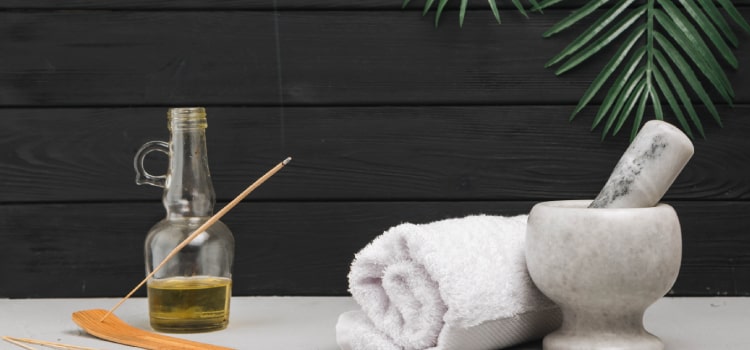
Palo Santo – a ‘holy’ wood that has been traditionally used for healing and spiritual cleansing of space and beings – has seen a tremendous rise in its commercial value over the years. The popularity is mainly due to its irresistible musky aroma when it is burnt as an incense and its ability to cleanse a space of its negative vibes.
Although Palo Santo tree doesn’t offer a majestic visual experience, its what is inside that makes palo santo the most sought-after incense in the current market. The tree has a strong spirit and a plethora of benefits to share but only after its natural death. Yes, that’s because the essential oils that make the wood aromatic and develop healing properties do not mature if the tree doesn’t die of natural causes.
Now in our earlier blog, we had discussed a little about the origins of Palo Santo and went in details about the benefits of using the aromatic wood. However, in this blog, we will discuss a few lesser-known facts about Palo Santo and clear the long-standing confusion that surrounds the incense.
1. Is Palo Santo Endangered?
Palo Santo in medical terms is known as Bursera Graveolens that grows in abundance throughout South Americas – now coming to the question, whether it is endangered?
Then the answer is No.
According to an article published by The New York Times, Palo Santo is not endangered and is just a victim of mistaken identity. Another species, namely, Bulnesia Sarmientoi, is commonly known as Palo Santo and is also found in South America. It is this tree that has been declared endangered by International Union for Conservation of Nature (IUCN). In fact, IUCN has declared Bursera Graveolens as ‘of least concerned’ status. Happy Smudging!
2. There are Male and Female Palo Santo Trees!
Those who harvest this aromatic wood were the first ones to discover that there are male and female Palo Santo trees. They further went on to claim that they grow in groups of one male and eight females.
The lone males are known to outlive their female counterparts by quite a longshot. The females have a lifespan of 40-50 years, whereas the male can live up to 200 years. The wood obtained from female Palo Santo is yellow and heavy, while the male Palo Santo offers white and fragile wood.
3. The Holy Wood
Palo Santo in Spanish means ‘holy wood’ or the ‘wood of the saints’. It is believed that the ones who discovered and experienced the wood for the first time named it ‘holy’ due to its healing and spiritual cleansing capabilities. At present, Palo Santo incense sticks are omnipresent in every house for its fragrance and in wood form for smudging purpose.
4. Attracts Positive, Rejects Negative
Palo Santo has this unique ability to purify any space and being of negative energy. They not only cleanse the premises of negative vibes but also attract and fill it with positive energy. A study suggests getting attracted to the aroma of Palo Santo is a sign of spiritual and emotional purity. There are some, who might not find the fragrance too attractive at first, but even this is also a sign that they have begun reacting to the process and might get used to the scent as days progress.
There are many different ways of experiencing the benefits of Palo Santo. The most common way is to burn the Palo Santo incense sticks. However, one has to ensure that they buy it from the correct source for genuine quality. Keep an eye and stay away from synthetic Palo Santo, which includes chemicals to produce that signature musky Palo Santo aroma.
HEM Incense Palo Santo incense sticks are handcrafted with natural ingredients for genuine quality. Being 100% natural and hand-rolled, our incense sticks are a popular choice amongst Palo Santo fanatics. We also specialize in incense cones, incense sticks burners, and incense stick holders.
To learn more about our Palo Santo incense sticks, click here.

